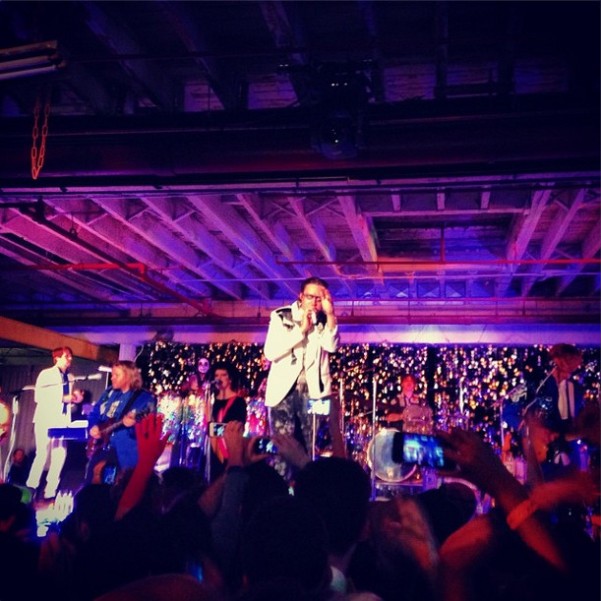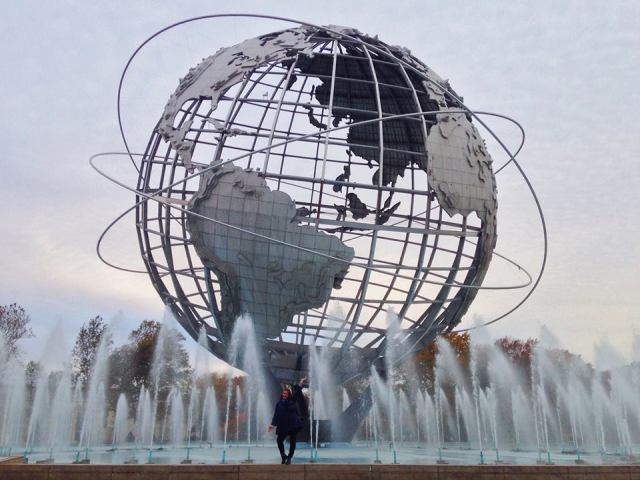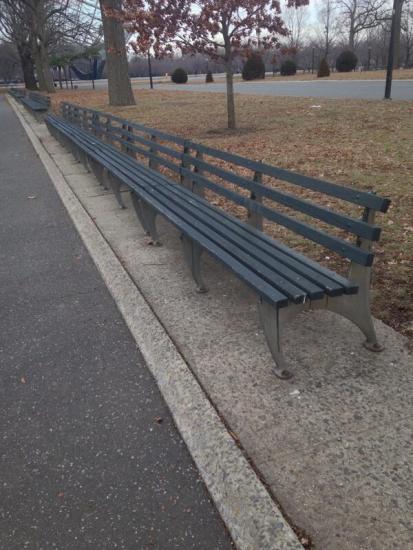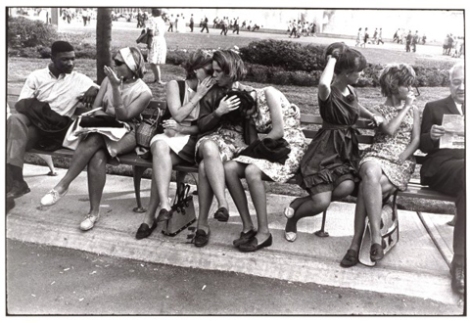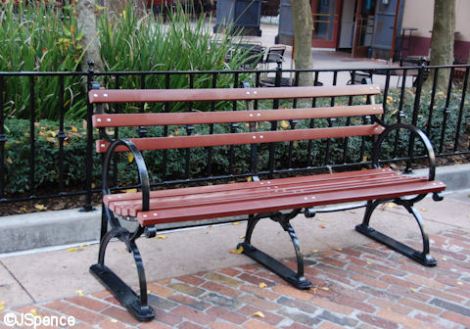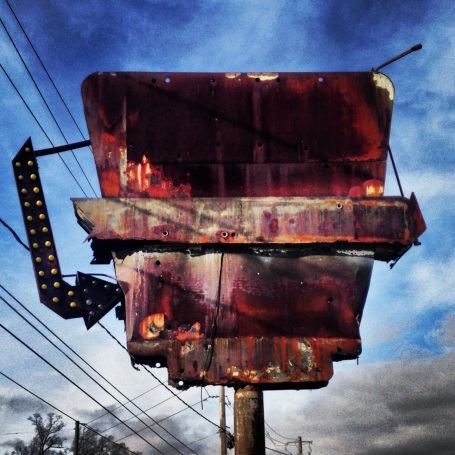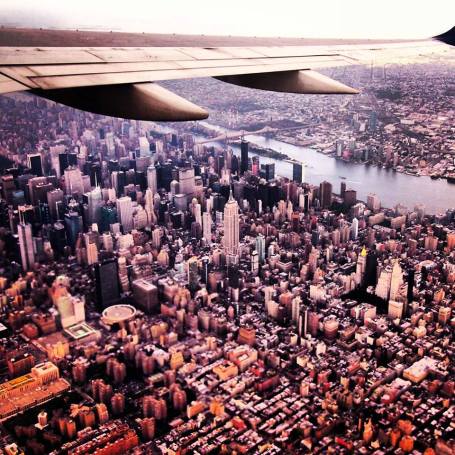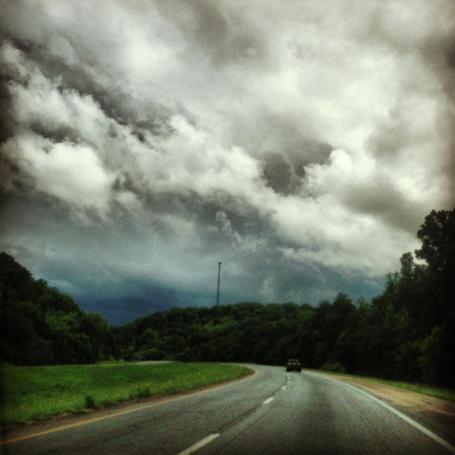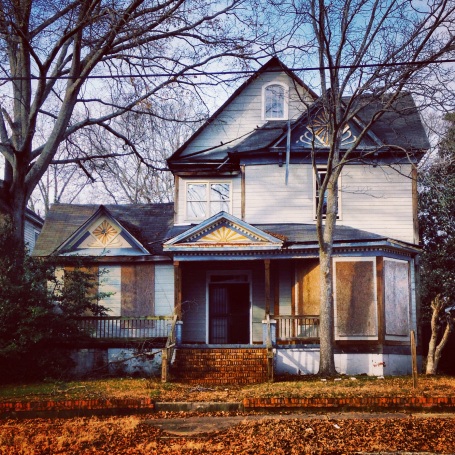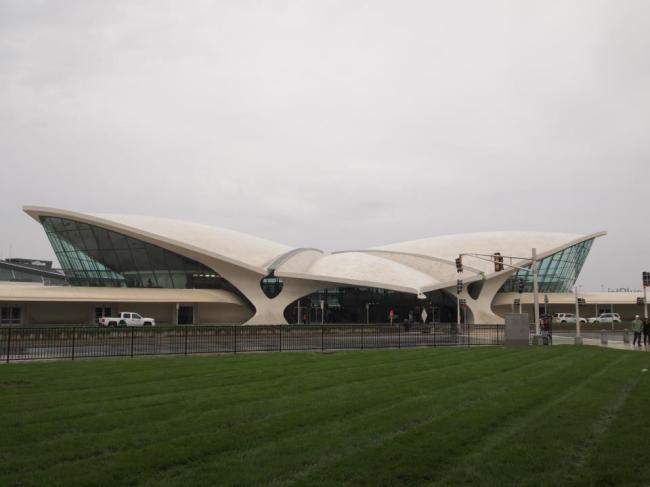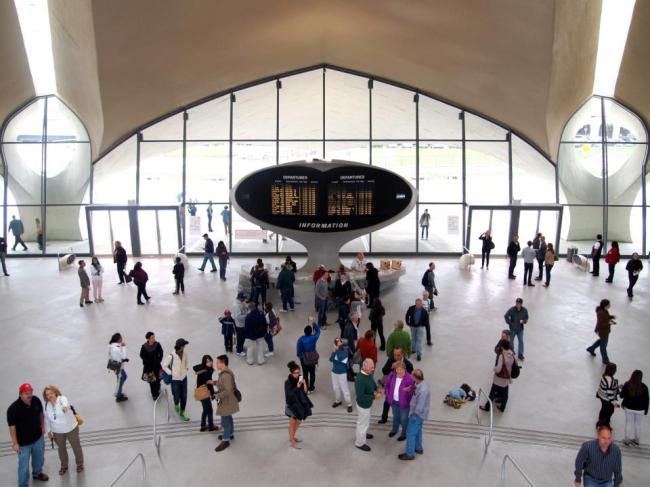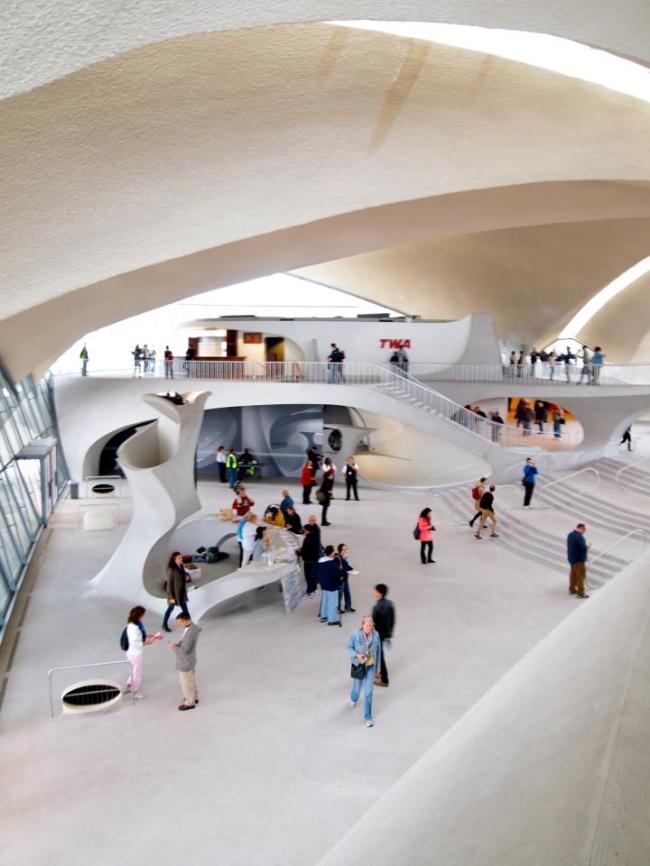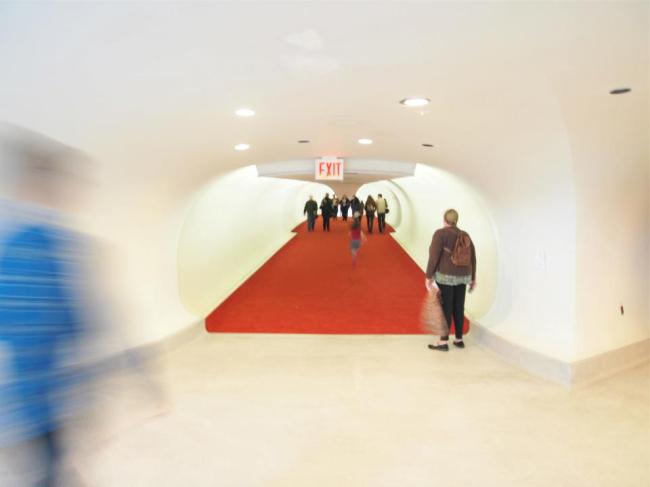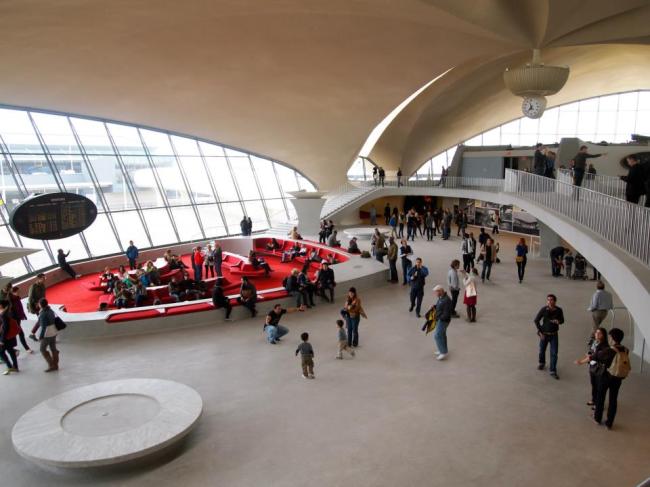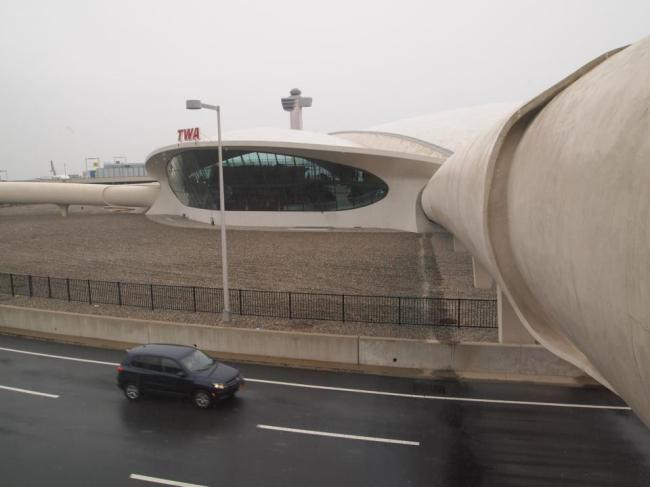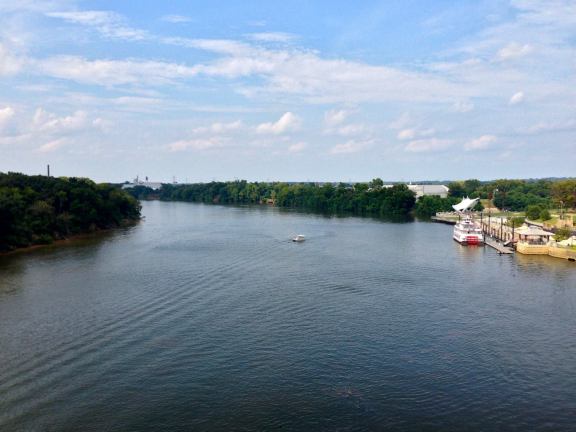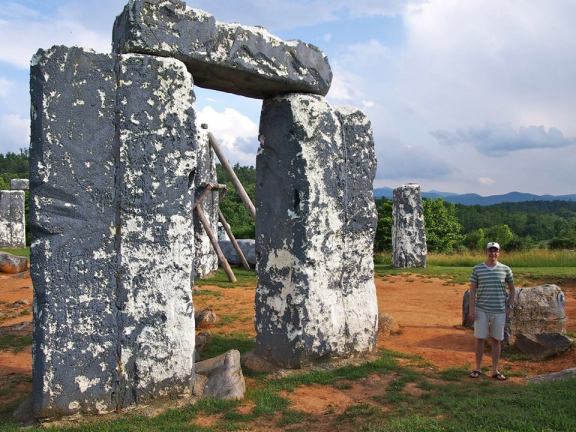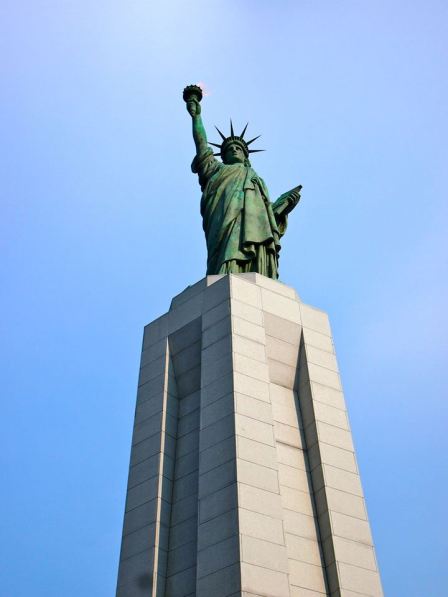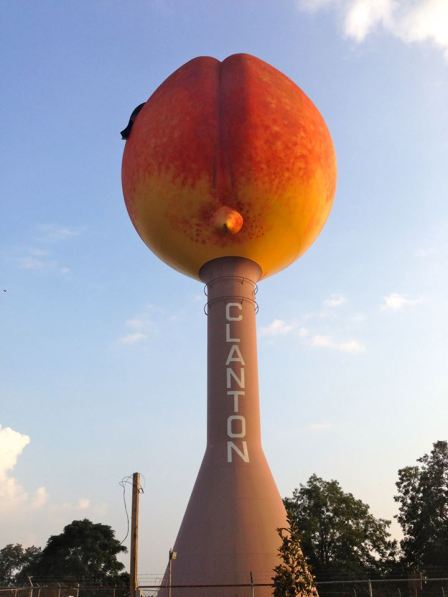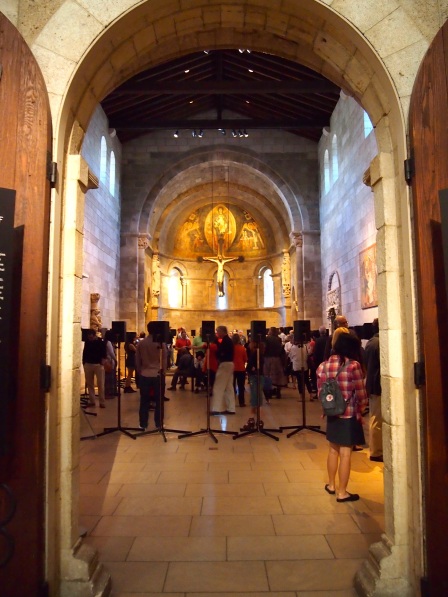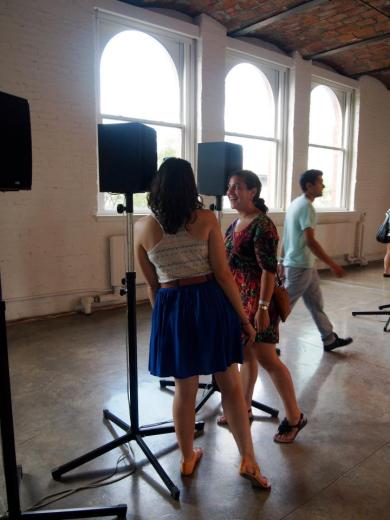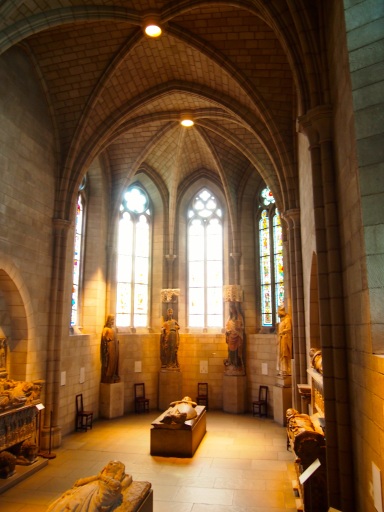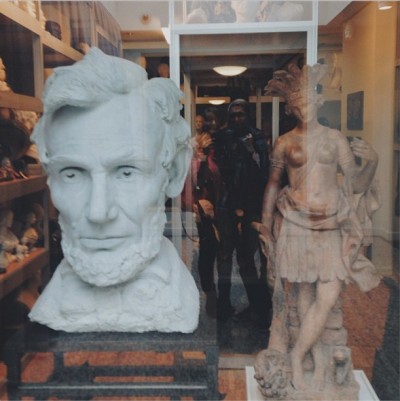
Monday was a state holiday in Alabama and several other southern states: Confederate Memorial Day. State employees had a paid day off, and in a city where there are many state employees, the downtown district was eerily quiet. Confederate Memorial Day has a murky beginning. Following the American Civil War, towns throughout the North and South began to honor the memory of the war on Decoration Day. They would hold ceremonies, honor surviving veterans, and decorate the graves of those who died during the war. By some accounts, it was a healing day, a chance for Americans from all sides to pause and reflect on the terrible rift that had been the Civil War. Eventually, Decoration Day became Memorial Day, a federal holiday to honor the dead from all of America’s wars. Confederate Memorial Day continued in the South, along with other holidays like Lee-Jackson Day and Jefferson Davis’ birthday.
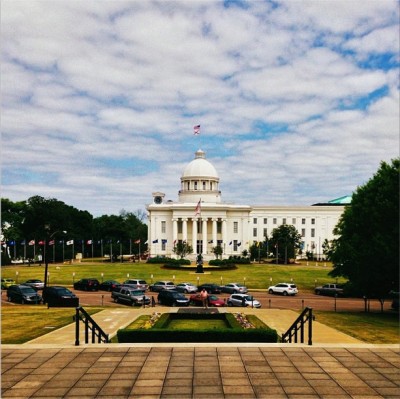
As I have recently joined the ranks of state employees, I had Monday off. It was strange to be out and about on a Monday that the rest of the world — and yes, most of the state — thought was just a regular Monday. I was much more cognizant of the day’s meaning than I am on other holiday Mondays. But, I do not relate to the history of the Confederacy. I spent the day pondering the Civil War, the very existence of anything called Confederate Memorial Day, the production of historical knowledge, and, well… a lot of stuff, some of which is here.
When I tell people about Confederate Memorial Day, the reaction is usually one of shock and disgust. I’d like to step back from the content of the day and think more broadly around the regional production of knowledge in the United States and the way the North and South think about the Civil War. I think that the way we frame Civil War and slavery history in the US is hampering our ability to discuss modern-day inequality in this country.
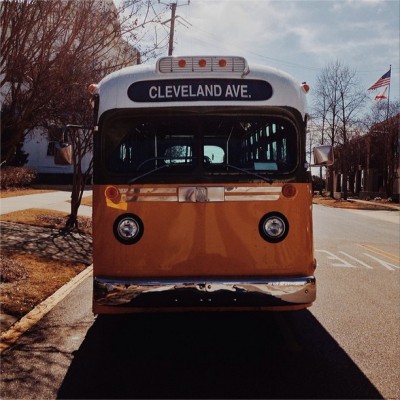
I am currently learning Alabama history so I can interpret it for the visitors to the museum where I work. It’s been interesting, because I am Northern-bred, Northern-born, and Northern-grown. I am from Connecticut, and have only otherwise lived in Massachusetts and New York prior to Alabama. I am also a white woman, most of whose family immigrated to the US in the years after slavery was abolished here. (Though, that does not mean my family was not complicit in the evils of our country’s complicated racial history.) In school, we spent a disproportionate amount of time learning about Colonial America and the Revolutionary War, because that is the history that feels most important to the soil on which Northerners stand.
Visitors to Boston often walk the Freedom Trail, a literal red line painted on the sidewalk connecting sites of colonial-era importance in the city. But Boston’s didn’t freeze in time once the Revolutionary War was won. It has a rich history full of fascinating events spanning across the decades. The Molasses Flood. The Great Fire. Southie’s Busing Riots. Just a few things off the top of my head. And yet, tourists in Boston today flock to its colonial-era sites, walking a path that was established in the 1950s, one of America’s great eras of reframing history.
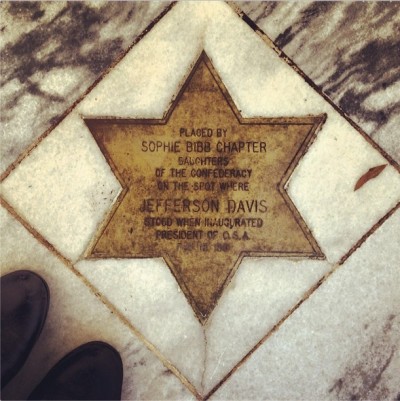
Montgomery, Alabama, has a complicated history, and it is one that is worn on its sleeve. Historical markers are all over town, noting the locations of things as mundane as a house Helen Keller visited often (her sister lived there) to sites with such gravitas as the location of some of the city’s several slave markets. The minor league baseball stadium downtown is on the site of barracks that held prisoners of war during the Civil War. The state capitol building was used as the capitol building of the Confederate States of America following their incorporation right here in this city, and Jefferson Davis took the oath of office as President of the CSA on the front steps. A hundred years later, following decades of codified injustice (all following more than a century of slavery), African-Americans and their allies marched these streets, boycotted the city bus system, and rallied on the steps of the very same capitol during the civil rights era.
My US history classes spent a lot — a LOT — of time on North America’s 17th- and 18th-century history. We learned and relearned the events leading up to and following our declaration of independence from King George III. And then, with the few months left in the school year, we hurtled through 19th- and 20th-century history at warp speed, lucky to even get to World War II before finals were upon us. I am confident that this was not the curriculum intended for us impressionable youngsters, but I left school with little knowledge of American events after we became the good ol’ US of A, and that includes the Civil War. But why?
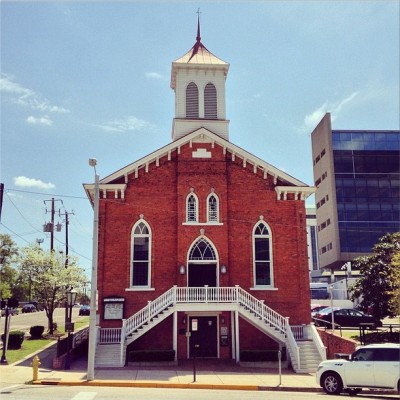
History is written by the victors. By those in power. The critique of history as the epic tale of the struggle of rich old white men is so well-known as to feel trite. But I would argue that this power dynamic is also inherent in the preference of certain histories in certain regions. We in the North have this idea that we were the good guys in the Civil War. This is, at its core, an oversimplified idea that does not take into account the North’s then-recent direct participation in slavery, and that ignores the fact that industry in the North relied on the free labor of slaves in the South. Those now-dead mill towns I knew growing up in New England grew in the 19th century on the backs of slaves who were growing cotton down here in the South. Shipping and ship-building, other major New England trades, supported the Triangular Trade. And, don’t forget, there were slaves in the North, though not on the scale of the great plantations of the South. There were also Southerners who fought for the Union, or opposed the secession and eventual war altogether. It is far easier to not deal with these complexities and instead perpetuate — either by actually saying so or through omission — the idea of a black-and-white, good-vs.-evil Civil War.
When we run out of time to cover the Civil War properly in school in favor of glorifying another period of history of which we are more proud, we deprive students of the chance to think critically about a hugely important moment in our nation’s history. I think the lack of serious thought about the Civil War, its causes, and its outcomes in the North leads to a misguided belief that the North is morally superior to the South, even today. It leads to a belief that racial and other bigotry is only a problem faced by Southerners, that we in the North are in a post-racism era, that racism encountered in the North today is an incidental accident rather than the product of systemic discrimination. It perpetuates an ahistorical approach to solving systemic problems. And, it creates a whole lot of bad blood in the South, some of which gets repurposed as pride.
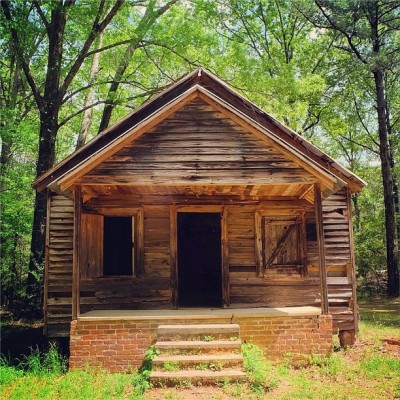
I come from a dead New England industrial town, one known for its poverty, its recent immigrants, its crime, its nothingness. I am lucky to have been born white and middle class, to have become educated, to have left. Even still, I, like most of my hometown friends, have a fierce pride for the scrappy, terrible town where I was raised. The alternative would be to be ashamed of it, which is what outsiders have been telling me I should be for as long as I can remember. I am not saying the former Confederate states shouldn’t reflect on their history and try to right the wrongs of the past. I am saying we all should. I am saying that simplifying history to fit into a primitive good-guys/bad-guys narrative is harmful to our ability to discuss race, economics, inequality, and justice in any way productive way. It damages our ability to administer any sort of reparations. It reduces Southerners to a monolithic population that feels they need to take a defensive stance when it comes to their history, and, therefore, when it comes to the present.
It is very important to be consciously critical of all historic information, because the past is contested territory that is always being co-opted for the present. That is true of Civil War history, too. So, in place of Confederate Memorial Day, I would suggest something different. A Civil War Remembrance Day, perhaps, to be celebrated across our nation, so that we can mourn those who died as a result of the horrific institution of slavery, heal the persistent wounds of the institution and the war, remember those who died in the war even as we think carefully about their reasons for fighting, and try to begin a better, more complete dialogue about our past, present, and future.
Photos: 1) E and me with a giant Abraham Lincoln head in the visible storage at the New York Historical Society. 2) Alabama’s state capitol building. 3) A “Rosa Parks” civil rights era city bus. 4) the plaque embedded at the spot where Jefferson Davis took the oath of office when he became President of the CSA. 5) the Dexter Avenue Baptist Church, where Martin Luther King, Jr., was pastor and where the Montgomery Bus Boycott was organized. 6) The one-room schoolhouse used by African-American schoolchildren at Old Cahawba, Alabama’s first capital city.

